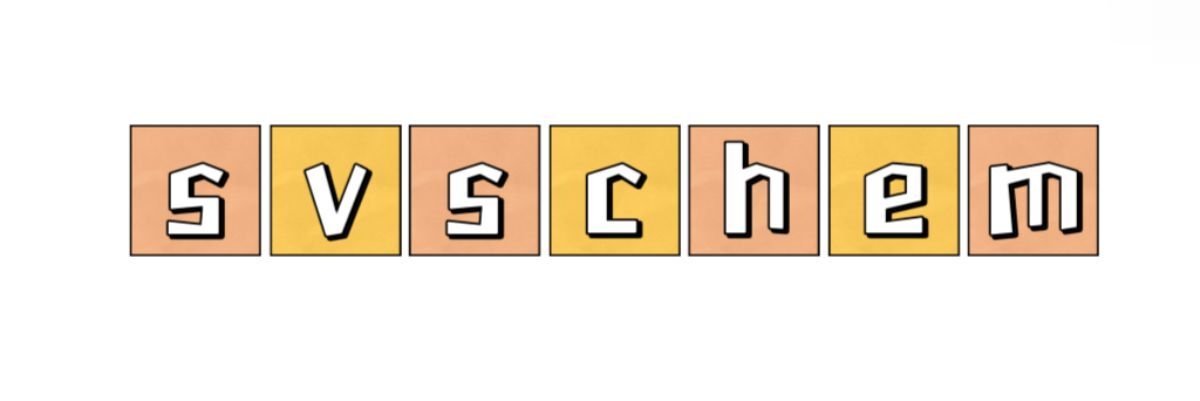Top Surgical Instruments for Effective Hemostasis Explained
Hemostasis, the process of stopping bleeding, is critical during surgical procedures. The success of hemostatic control often hinges on the use of specialized surgical instruments that facilitate effective bleeding management. Understanding these essential tools not only enhances surgical outcomes but also minimizes complications during operations.
The Importance of Hemostasis in Surgery
During surgery, achieving optimal hemostasis is vital to prevent excessive blood loss. Surgeons must utilize the right instruments to ensure that blood vessels are adequately controlled. Instruments designed for hemostasis help surgeons efficiently clamp, cut, and seal tissues, allowing for a clear surgical field and safer procedures.
Top Surgical Instruments for Hemostasis
Several surgical instruments are key players in hemostatic operations. Each is engineered to address specific challenges that arise during surgery:
1. Hemostatic Forceps
Forceps are used to clamp blood vessels and control hemorrhage. Types include Kelly, Kocher, and Crile forceps, each with unique designs suited for various vessel sizes and surgical contexts. Their serrated jaws ensure a secure grip on tissues, enabling effective control of bleeding.
2. Electrocautery Devices
Electrocautery employs electrical current to coagulate blood within tissues. This method is particularly effective in minimizing blood loss during minimally invasive surgeries. Surgeons benefit from these devices not only for hemostasis but also for reducing surgery time.
3. Hemostatic Clips
Hemostatic clips are small metal or polymer devices that are applied to blood vessels to occlude them, preventing blood flow. These clips are beneficial in laparoscopic surgeries, where visibility and precision are paramount.
4. Sutures and Staples
While sutures are primarily for closing incisions, specific types, such as those designed for hemostasis, help control bleeding at the surgical site. Pre-tied hemostatic sutures and surgical staples can be quick alternatives that ensure good blood control while securing tissues together. For more insight, you can explore Instruments Used for Suturing.
5. Bone Wax
Bone wax is a sticky paste used to manage bleeding from bone surfaces, commonly encountered during orthopedic surgeries. It creates a physical barrier, ensuring that even minor bone bleeds are effectively controlled.
6. Hemostatic Agents
Various topical hemostatic agents can be employed alongside surgical tools. Their application can greatly aid in achieving hemostasis when traditional methods show limitations. Understanding the proper usage of these agents is crucial for any surgical team.
Conclusion
Effective hemostasis is paramount in surgery, and the choice of instruments plays a critical role in achieving this goal. For a deeper understanding of the tools and techniques available, it's worth checking out Surgical Instruments Used for Hemostasis. By leveraging the right instruments, surgeons can improve patient outcomes, reduce complications, and ensure that surgical procedures are conducted safely and efficiently. Additionally, collaborating with reliable providers, such as a China Medical Disposables Factory, can enhance the quality and availability of hemostatic tools for surgical teams worldwide.


